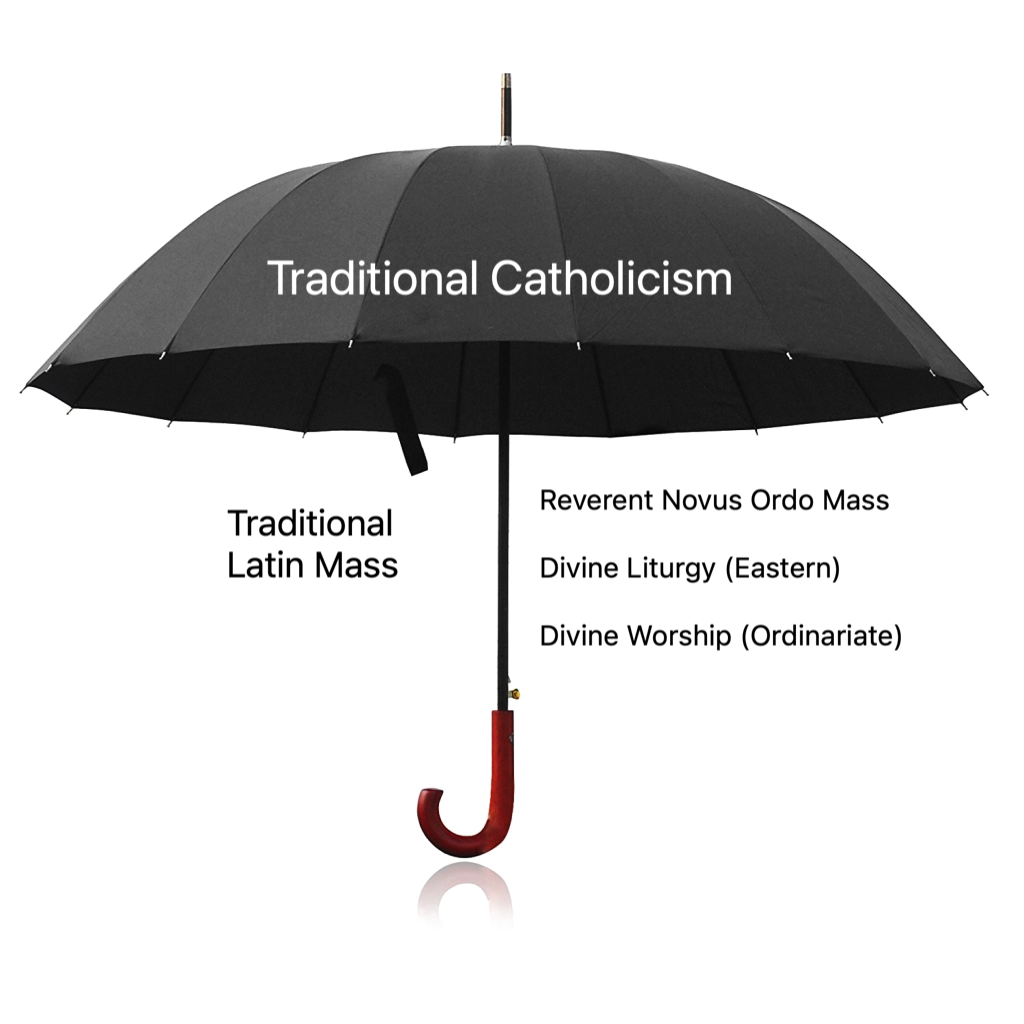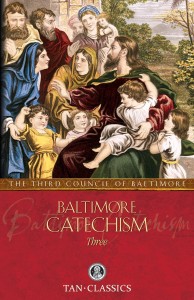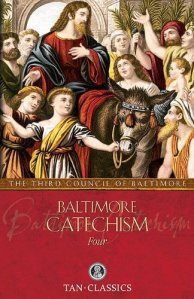'The text of the new Instrumentum Laboris is turgid and the verbiage is swollen with sociological terminology and bureaucratic bloviation. That’s apparently the “synodal style”.'
From Catholic World Report
By Carl E. Olson
The text of the new Instrumentum Laboris is turgid and the verbiage is swollen with sociological terminology and bureaucratic bloviation. That’s apparently the “synodal style”.
Earlier this week, the Vatican issued the Instrumentum Laboris—the working document—for the October 2023 Synod. The 27,000 word document is divided in two basic parts: a section of dense descriptions and often repetitive directives, and a section of leading and often skewed questions.
First, the good news: if you enjoy the adjective “synodal,” you’ll be thrilled to read about the “Synodal church” (116x), the “synodal process” (33x), the “synodal life,” the “synodal experience,” the “synodal way,” the “synodal path,” the “synodal perspective,” the “synodal dynamic,” the “synodal orientation,” the “synodal journey,” the “synodal style,” “synodal action,” “synodal key,” “synodal framework,” “synodal manner,” “synodal spirituality,” and, well, you get the synodal drift.
Furthermore, whether you knew it or not, you are a part of the synodal-fest. Cardinal Mario Grech, the secretary general for the Synod of Bishops, says the Instrumentum Laboris (IL) “is a text in which no one’s voice is missing” and that it “is not a document of the Holy See … but of the whole Church. It is not a document written on the desk. It is a document in which everyone is a co-author, each for the part he is called to play in the Church, in docility to the Spirit.”
The synod, Cardinal Jean-Claude Hollerich, relator of the Synod on Synodality, assured synodal listeners, does “not speak about the Church’s teaching — that is not our task and not our mission — we just welcome everybody who wants to walk with us.”
Consider me skeptical. In the spirit of things, let’s call it synodal skepticism.
As expected, the IL has many, or even most, of the characteristics found in the Working Document for the Continental Stage (DCS), the October 2022 document from which this new document draws its breath and being. I’ve already written at length about the DCS, describing it as “the most incoherent document ever sent out from Rome.” (I won’t bother revisiting that analysis here, but it is worth reading if you missed it the first time around.)
The writing is turgid and the verbiage is swollen with sociological terminology and bureaucratic bloviation. And so there are many mentions of “walking together” and “process(es)” and “experience,” along with constant references to “institutions,” “structures,” “method(s),” and “procedures,” to the point that you sometimes wonder those if who successfully read the entire text will be awarded a certificate in business management or technocrat-speak.
I nearly forgot “space(s)”. For example: “Rooted in this awareness is the desire for a Church that is also increasingly synodal in its institutions, structures and procedures, so as to constitute a space in which common baptismal dignity and co-responsibility for mission are not only affirmed, but exercised, and practised.”
And, in the question section:
How can we create spaces where those who feel hurt by the Church and unwelcomed by the community feel recognised, received, free to ask questions and not judged? In the light of the Post-Synodal Apostolic Exhortation Amoris Laetitia, what concrete steps are needed to welcome those who feel excluded from the Church because of their status or sexuality (for example, remarried divorcees, people in polygamous marriages, LGBTQ+ people, etc.)?
No one is surprised by the laundry list of those “who feel excluded,” as this has been a constant theme for over ten years now. Of course, no one is actually excluded from the Church, as all are truly welcomed. But there are definite criteria involved in embracing Christ, entering His Church, and following His commandments. Not that “commandments” are ever mentioned. And the few mentions of “conversion” almost all refer, in vague terms, to institutional or “synodal conversion.”
Further, as noted by some who are likely not nearly as rigid and neo-Pelagian as myself, the text never mentions mothers, fathers, children, or human families (there are a couple of welcome references to the “family of God”). There are, for instance, two references to “polyamorous marriage,” but none to real, Catholic marriages. Perhaps because the latter are thriving and face no challenges?
As expected, there are dozens of references to women, who are unremittingly portrayed as being excluded, underappreciated, and devalued. “What new ministries,” we read, “could be created to provide the means and opportunities for women’s effective participation in discernment and decision-making bodies?”
And: “Most of the Continental Assemblies and the syntheses of several Episcopal Conferences call for the question of women’s inclusion in the diaconate to be considered. Is it possible to envisage this, and in what way?”
Here’s a question to add to the list: Why does it so often appear that the new and vital synodal Church is obsessed with the concerns of the aging Catholic progressives of the 1970s? And: How can we encourage men to be good fathers, faithful husbands, and loving disciples of Jesus Christ?
There is a great deal about ministry and ministries, including this question: “How does the triple office of the ordained Ministry relate to the Church as a prophetic, priestly and royal People?” It’s as if the pontificate of St. Pope John Paul II never took place and he never addressed this at length and in detail. Of course, John Paul II is hardly referenced and Pope Benedict XVI is never mentioned at all. Perhaps because he never wrote much at all about ecclesiology, ministry, and the role of the laity (that’s a sarcastic remark, in case you missed it).
There are, in my reading, some Trojan Horse sections sprinkled throughout, often rendered with a sort of limp, passive-aggressive quality. Of course, the clever aspect of this document is that it is (we’re told again and again) simply and faithfully sharing what the “People of God”(66 mentions, for those keeping count) have to say, though that is difficult to accept.
Here is one example, quoted at length to provide context and flavor:
Some of the questions that emerged from the consultation of the People of God concern issues on which there is already magisterial and theological teaching to be considered. To give just two examples, we can note the acceptance of remarried divorcees, dealt with in the Post-Synodal Apostolic Exhortation Amoris laetitia, or the inculturation of the liturgy, the subject of the Instruction Varietates legitimae (1994) of the Congregation for Divine Worship and the Discipline of the Sacraments. The fact that questions continue to emerge on issues like these should not be hastily dismissed, rather, it calls for discernment, and the Synodal Assembly is a privileged forum for so doing. In particular, the obstacles, real or perceived, that have prevented the steps indicated by previous documents from being realised should be considered and reflections offered on how they can be removed. For example, if the block stems from a general lack of information, then improved communication will be needed. If, on the other hand, the problem stems from the difficulty of grasping the implications of the documents in ordinary situations or an inability of persons to recognise themselves in what is proposed, a synodal journey of effective reception by the People of God could be the appropriate response. Another instance could be the reappearance of a question which emerges as a sign of a changed reality or situations where there is a need for an “overflow” of Grace. This requires further reflection on the Deposit of Faith and the living Tradition of the Church.
Personally, as I’ve written about several times in recent months, I wish we would reflect further and more deeply on the actual Deposit of Faith and the Living Tradition of the Church. (To that point: “catechesis” is mentioned three times and “doctrine” once.) But, what to think about “a changed reality”? And situations needing an “overflow” of Grace? What are we talking about? (“Alex, I’ll take ‘Catholic Moral Teachings’ for $1000.” Did I mention that the document never mentions morality at all?)
This document, like almost all of the synodal documents of the past decade, is shot through with a strong presentism: a constant insinuation that the past has little to offer us; in fact, the sense that we need to embrace change as we raise our wetted fingers into the swirling winds of the zeitgeist. The mind-numbing and incessant references to the “synodal Church” (and the other synodal “stuff”) is a perfect example. Did the Church, prior to 2015—or 2021, or 2023?—have nothing to do with communion, participation, and mission, the “three priority issues for the synodal Church”?
The opening sentence of the IL blithely declares: “The People of God have been on the move since Pope Francis convened the whole Church in Synod in October 2021.” Were they stuck in neutral prior to 2021? Going backward?
One final note: a newspaper claiming to be Catholic recently reported that Cardinal Luis Antonio Tagle “suggested that pockets of resistance to Pope Francis’ invitation to synodality within the global Catholic Church is rooted in fear of change and insecurity about Catholic identity.” Tagle says that the “synodal church” is “a church that rediscovers this wonderful gift of the Spirit given to the whole church in Vatican II.”
As someone who happily counts the reading of the Vatican II documents as an important part of my journey into the Catholic Church, I am rather puzzled by the comment. It’s one thing to say that the notion and concept of synodality are related to Vatican II; it’s another thing to say that these various documents proceeding forth from Vatican-based committees in recent months are presenting an accurate and transparent understanding of synodality. The fact is, there is a diversity of understandings, and they do not all get along or correspond well to the historical and theological record.
“I don’t want to judge people,” says Tagle, “But sometimes I just wish people would calmly, calmly read the documents of Vatican II and get in touch with the teachings of Vatican II rather than rely on some caricatures or biased presentations for what Vatican II stands for.” Agreed. And to this observer, who has read and studied the documents for many years, some of those “people” are heavily involved in producing the DCS and the IL texts.
So, where will all of these lead? Those of us suffering from synodal saturation are quite curious. Time will tell. Rome in October 2023 is going to be a time of notable encounters and processes, without doubt, as the search for clarity within the synodal Church promises to be quite the, um, synodal experience.



